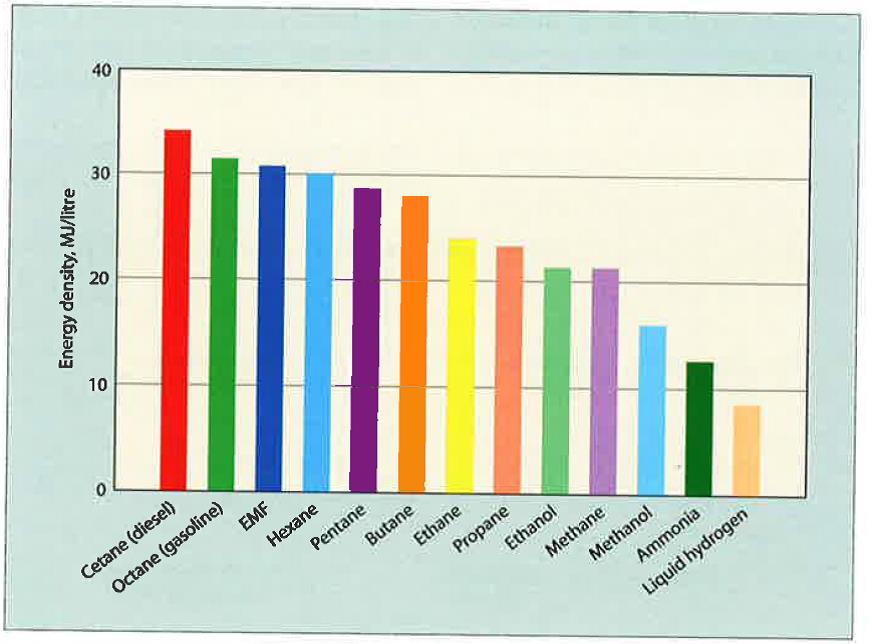
MennatAllah Labib
The British University in Egypt, Egypt
Title: Mass and energy recovery from rice straw as a biomass resource
Biography
Biography: MennatAllah Labib
Abstract
Statement of the Problem: Egypt is a country that faces major environmental issues; ranging from pollution of water bodies to the litter piling up in the streets to the severely polluted air. Egypt is facing an energy crisis because the energy consumption of oil has increased due to the increase in population, while the production has remained stagnant. One of the best ways to tackle this problem is to use renewable energy. The proposed solution that is capable of partially solving the air pollution, agricultural solid waste and energy crisis problems is the production of fuel from rice straw. The Dutch Avantium Technologies proposed using ethoxymethylfurfural (EMF) as a fuel which is produced from furfural. Furfural is a valuable chemical that has many uses in the fields of renewable energy, medicine, agriculture, paints and dyes, plastics and resins, solvents, and organic products. Methodology & Theoretical Orientation: Six different factors with the potential to affect the furfural production were assessed using ANOVA. From this analysis the optimum operating conditions were evaluated. The reaction kinetics of the formation and subsequent degradation of furfural were determined experimentally. All tests and analyses carried out were done using standard methods. Findings: Production of furfural by acid hydrolysis was found to be possible. Optimum operating conditions for furfural production from rice straw were experimentally determined using analysis of variance to ensure statistical significance. Reaction kinetics were determined to be used in the design of a reactor in a furfural production plant. Conclusion & Significance: Furfural is emerging with increasing value in many fields. The ability to easily produce furfural from rice straw, which would otherwise end up as a solid waste cannot be overstated. This has the double advantage of reducing solid waste and creating a valuable product that can greatly impact the renewable energy sector.

Figure : Fuel densities showing the advantage EMF has over traditional biofuels and its ability to compete with diesel and gasoline
Recent Publications:
- Danon, B., Marcotullio, G., de Jong, W. (2014) Mechanistic and kinetic aspects of pentose dehydration towards furfural in aqueous media employing homogeneous catalysis. Green Chemistry 1:39-54
- Marcotullio, G. (2011) The Chemistry and Technology of Furfural Production in Modern Lignocellulose-Feedstock Biorefineries. Arkhé Edizioni.
- Sangarunlert, W., Piumsomboon, P., Ngamprasertsith S. (2007) Furfural production by acid hydrolysis and supercritical carbon dioxide extraction from rice husk. Korean Journal of Chemical Engineering 24:936-941
- Sarkar, N., Aikat, K. (2013) Kinetic Study of Acid Hydrolysis of Rice Straw. ISRN Biotechnology 2013:5 pages
- Sako, T., Sugeta, T., Nakazawa, N., Okubo, T., Sato, M., Taguchi, T., Hiaki, T. (1992) Journal of Chemical Engineering of Japan 25:372-377
